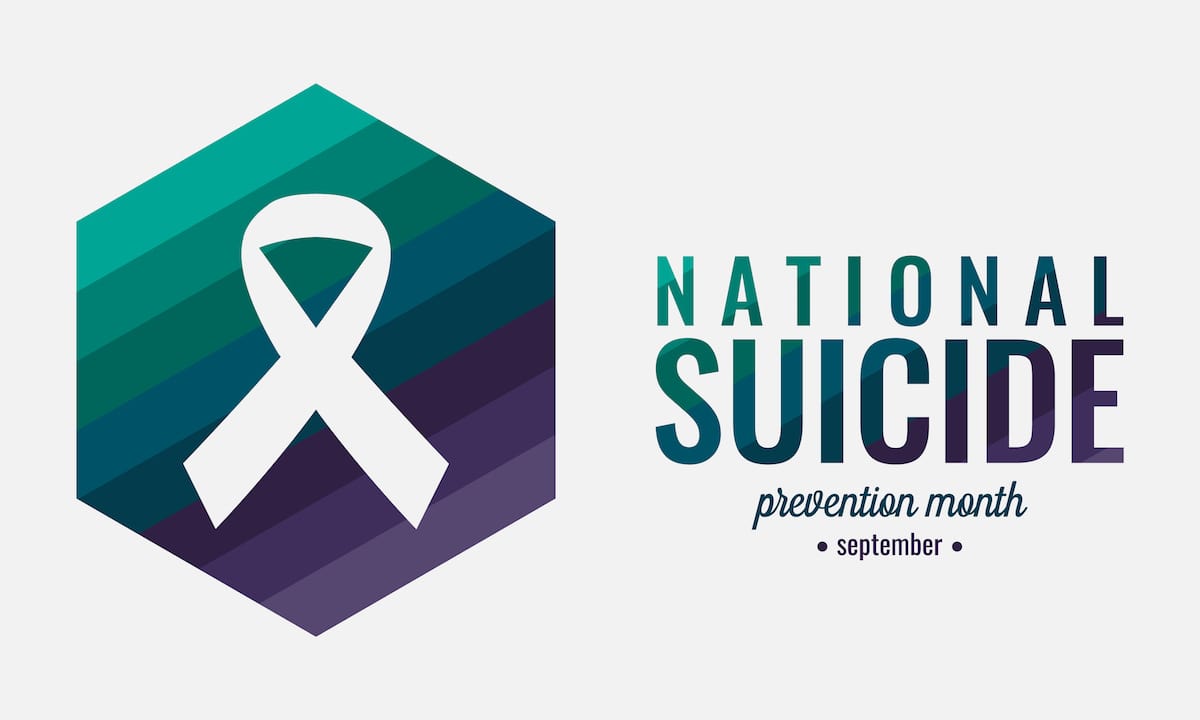
September is National Suicide Prevention and Awareness Month and while several people may know someone who lost their lives to suicide, there are ways to help and support other individuals who may have attempted or thought about suicide.
Doctor of Nursing Practice and Board Certified Psychiatric Mental Health Nurse Practitioner Heather Wilson says suicide is likely to touch many lives and it is not always individuals who have a mental illness that make plans or have died by suicide. She points out that if someone has thoughts of wanting something to be over, like a chronic physical condition, or someone with depression is not wanting to deal with the current problems they are facing, it does not mean they want to die. She explains when an individual with mental illness can rise of having suicidal thoughts.
“Certain mental health problems can increase your risk of these thoughts, especially if they’re not identified early enough and treated. Sometimes the impulsive or the thoughts become very fast and you start developing plans and intent, and that’s when it’s most serious.”
Wilson offers the LEARN program to help assess someone who might have suicidal thoughts and how to support them. The “L” is to look for common warning signs such as conversations of self-harm, hopelessness, depression, angry or anxious sudden behaviors, isolation, among others. The “E” is to empathize and listen without judgment, and to not fix the problem, but acknowledge the validity of their plan.
The “A” is to ask clearly, directly and in a calm manner if they are considering suicide and avoid using phrases like “hurt yourself” as that can be misconstrued. The “R” is for removing any dangers if the person says yes they have had suicidal thoughts, such as removing or locking up guns, medications, and belts. The “N” is for finding the next step in getting help.

